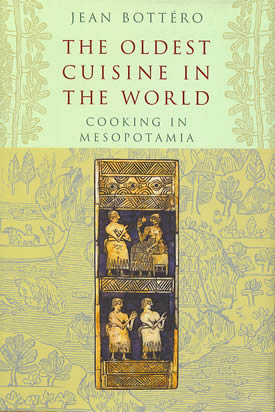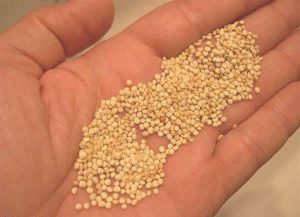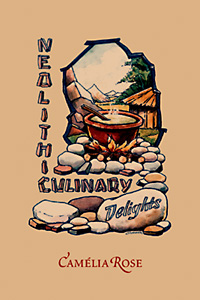
Neolithic Culinary Delights
What did we eat?
Farming stories by creative Stone Age women of . . .
the Middle East: wheat, barley;
Asia: rice, (the belly-food);
Peru: potatoes, quinoa, and maize (corn) cultivation.
The staffs of life
Why would anyone want to change from a traveling and hunting/gathering existence with a varied diet to settling down and growing food?
The foodstuffs which our pioneering ancestors grew were not too many. The menu of the Neolithic or Stone Age was signed: Bon appetit monotony.
What were the culinary delights of the Stone Age peoples on our planet Earth? Much depended on the plants Mother Nature had bestowed on each continent. Ethno-botany, indigenous wild plants, played the most important role in deciding on what to grow "as a food."
The plant potato and the wild grasses: wheat, barley, rice and corn (maize), all of which were aptly called "belly-foods," played an important role in the daily lives of the peoples. The "staffs of life" on which our civilizations are built are still produced and are now served globally in The Age of Microwave Food.
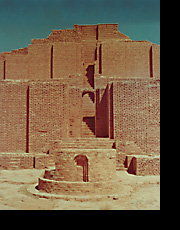 Morning hymn to my goddess
Morning hymn to my goddess
Oh Inanna-Ishtar! — Lady of Heaven!
Daughter of the Moon — beautiful you are.
Oh Joy of Eanna, the House of Heaven!
Child of the night, beloved Morningstar!
Oh Inanna-Ishtar! — Queen of Heaven!
Shepherdess of the Igigi — benevolent you are.
Oh Brilliant One, the Torch of Heaven!
Light of all mortals, oh blessed Morningstar!
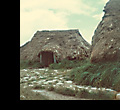 For some interesting images
For some interesting images
from travels in Denmark
click on the thumbnail
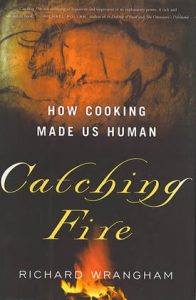
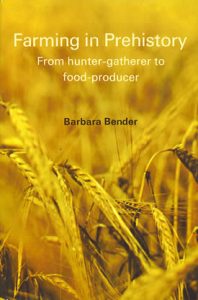
Flour Power
Our great civilizations were founded on four staple foods:
WHEAT (and BARLEY for beer)
RICE
CORN (maize)
POTATO
The story of the wild grasses: Our food
All over our Earth wild grasses once grew: wheat, barley, rice, maize (corn), rye, oats, millet, and quinoa.
MESOPOTAMIA
WHEAT, very nutritious, provided 80% of food calories in Neolithic societies.
Cereals are starchy seeds; actually they are dried fruits.
This grain, a single seed or nutlike fruit, is covered by a thin shell and other cell layers called the bran. Inside this bran-coat is the endosperm (the storage organ of food for the embryo or young plant) which is starchy. The embryo is a mini-plant and the rudimentary roots and leaves are present and ready to develop into a plant when proper moisture, light, and temperature prevail. The embryo or germ is at the base of the grain (under the wrinkled bran) and the other end has hairs known as beards (or awns).
The endosperm has a protein called “gluten” – an elastic protein found only in wheat and rye. Gluten is essential for making light or leaven-bread.
Grains, easily stored, were used as an exchange good since the beginning of the Agricultural Revolution.
BARLEY is a shallow-rooted plant and grows happily in rocky soils. It is a rapidly-growing grain needing from 60-90 days from planting to harvesting. Barley was once a free-threshing (naked) grain and eventually was hybridized into non-shaking varieties. The cereal was fed to livestock but was mostly grown for making beer. Women operated the process of beer-making and ran “ale bars.”
click on the thumbnail to go back to News & Noteworthy
click on the thumbnail
"For story of the Quinoa Grain,"
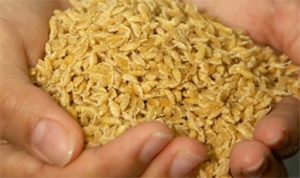
See New & Noteworthy 2012

